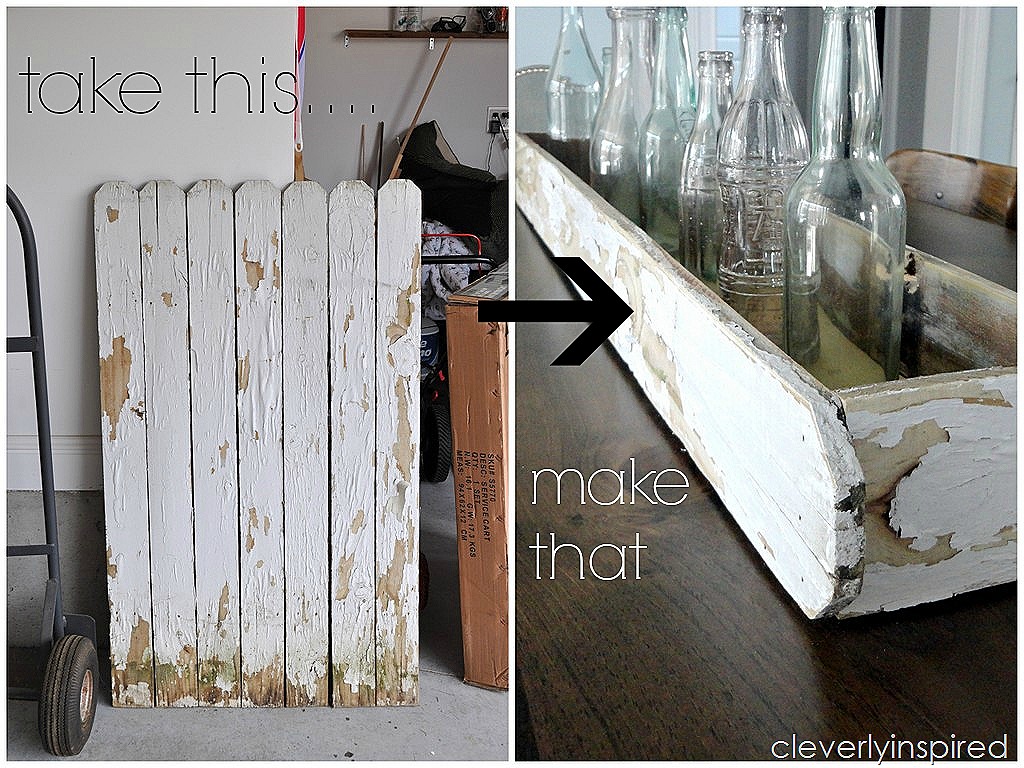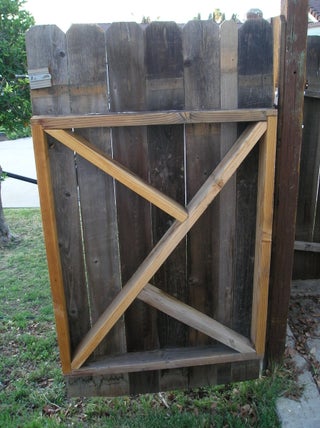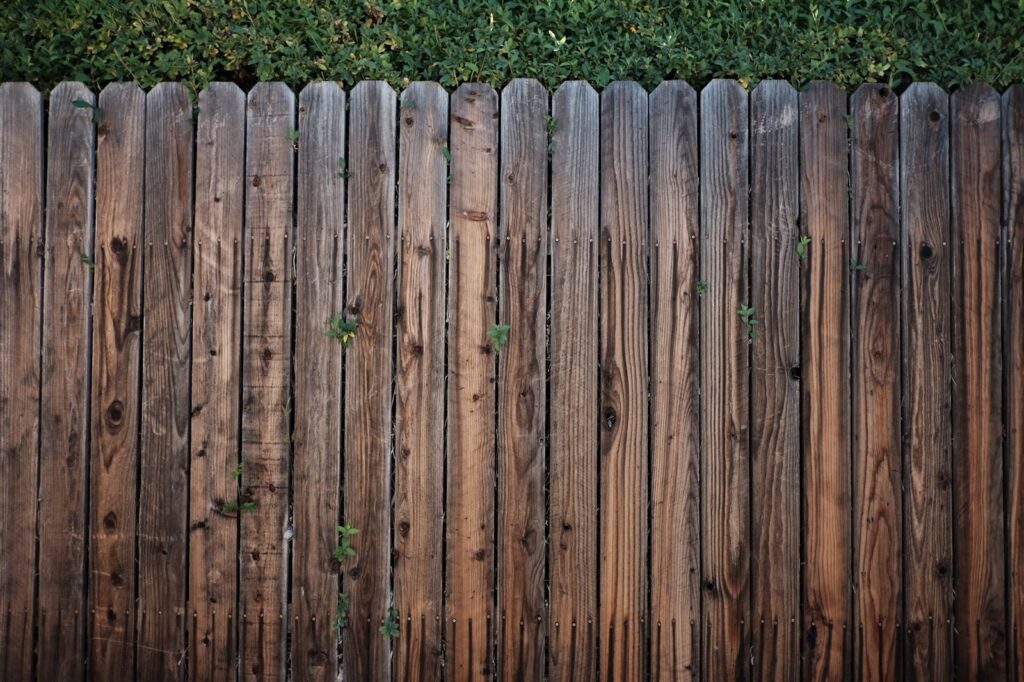Looking to repurpose your old fences into new functional pieces? Look no further! In this article, we’ll explore creative ways to give your old fences a new lease on life. From crafting unique furniture pieces to creating stunning garden decor, we’ll cover it all. With step-by-step instructions and helpful tips, you’ll be able to transform your old fences into beautiful and functional additions to your home. So don’t toss away those old fences just yet – let’s get repurposing!
How to Repurpose Old Fences into New Functional Pieces

Introduction
If you have old fences that are no longer serving their original purpose, don’t just throw them away! There are plenty of creative and practical ways to repurpose old fences into new functional pieces. Not only will this give new life to your old fences, but it can also save you money and add a unique touch to your home or garden. In this article, we will explore different types of old fences and provide step-by-step instructions on how to repurpose them. We will also offer DIY tips, maintenance advice, and answer some frequently asked questions about fences.
1. Choosing the Right Type of Old Fence
Before you start repurposing your old fence, it’s important to understand the different types of fences and their materials. This will help you determine which type of old fence is suitable for your desired repurposing project. Here are the most common types of old fences you may come across:
1.1. Wood Fences
Wood fences are a popular choice for homeowners due to their natural beauty and versatility. If you have an old wooden fence, you can repurpose it into various functional pieces, such as garden trellises, decorative wall art, privacy screens, furniture, planters, and even a chicken coop or pet enclosure.
1.2. Chain-Link Fences
Chain-link fences are commonly found in commercial or industrial areas. If you have an old chain-link fence, you can repurpose it into functional pieces like garden trellises, decorative wall art, or privacy screens. The sturdy metal framework of chain-link fences can also be used to create furniture, such as chairs or tables.
1.3. Vinyl Fences
Vinyl fences are low-maintenance and durable, making them a popular choice for many homeowners. If you have an old vinyl fence, you can repurpose it into functional pieces like garden trellises, privacy screens, furniture, or planters. The vinyl material can also be used to create decorative wall art or a headboard.
1.4. Metal Fences
Metal fences, such as wrought iron or aluminum, are known for their strength and durability. If you have an old metal fence, you can repurpose it into functional pieces like garden trellises, decorative wall art, furniture, or planters. Metal fences can also be used to create a unique pot rack or a picket fence shelf.
2. Preparing the Old Fence
Before you can repurpose your old fence, you need to properly prepare it. This involves cleaning and sanding the fence, removing or repairing any damaged parts, and disassembling or cutting it into the desired pieces for your repurposing project.
2.1. Cleaning and Sanding
Begin by thoroughly cleaning the old fence to remove any dirt, grime, or peeling paint. You can use a pressure washer or a scrub brush with soap and water. Once the fence is clean and dry, sand it to smooth out any rough areas and create a clean surface for repainting or staining.

2.2. Removing or Repairing Damaged Parts
Inspect your old fence for any damaged or rotten parts that need to be removed or repaired. If there are small areas of damage, you can patch them up with wood filler or metal repair epoxy. For larger sections of damage, it may be necessary to replace the affected parts with new materials.
2.3. Disassembling or Cutting the Fence
Depending on your repurposing project, you may need to disassemble or cut your old fence into smaller pieces. Use appropriate tools, such as a saw or pliers, to carefully separate the fence sections or cut them into the desired sizes and shapes for your project.
3. Repurposing Ideas for Old Fences
Now that your old fence is prepared, it’s time to unleash your creativity and repurpose it into new and functional pieces. Here are some ideas to get you started:
3.1. Garden Trellis
Transform your old fence into a beautiful garden trellis. Use the fence sections as the framework for climbing plants like roses, vines, or beans. Secure the fence sections to stakes or posts and place them strategically in your garden or along a wall to create a vertical green space.

3.2. Decorative Wall Art
Turn your old fence into stunning decorative wall art. Cut the fence sections into different shapes and arrange them creatively on a wall. You can paint them in vibrant colors or leave them in their natural state for a rustic look. Hang the pieces securely and step back to admire your unique artwork.
3.3. Privacy Screen
Repurpose your old fence into a privacy screen for your outdoor space. Use the fence sections to create a partition between different areas of your backyard or to shield an unsightly view. Add hinges to make the privacy screen foldable, allowing you to easily customize the layout of your outdoor space.
3.4. Furniture
Get creative and repurpose your old fence into unique furniture pieces. Use wooden fence sections to build a bench, chair, or table for your garden or patio. For metal fences, you can create a trendy industrial-style coffee table, plant stand, or wine rack. Sand and paint or stain the repurposed fence pieces to match your desired aesthetic.
3.5. Planters
Transform your old fence into charming planters for your garden or balcony. Cut the fence sections into small rectangular or square pieces and attach them together to form a box-like structure. Line the inside with landscape fabric or plastic liner, add soil, and plant your favorite flowers or herbs. Hang the planters on a wall or attach them to a fence for a vertical garden display.

3.6. Chicken Coop or Pet Enclosure
If you have old wooden or chain-link fences, repurpose them into a chicken coop or pet enclosure. Use the fence sections to create a secure and spacious area for your feathered or furry friends. Add a roof or cover the top with wire mesh to protect them from predators. Make sure to provide enough ventilation and access points for easy cleaning.
3.7. Headboard or Room Divider
Add a touch of rustic charm to your bedroom with an old fence headboard. Attach the fence sections horizontally to a wooden frame and secure it to the wall behind your bed. For a room divider, use taller fence sections and arrange them in a zigzag or herringbone pattern. This not only adds privacy but also creates an interesting visual element in your space.
3.8. Pot Rack
Repurpose your old metal fence into a stylish pot rack for your kitchen. Attach the fence sections to a wooden frame or directly to the ceiling, ensuring it is securely anchored. Hang your pots, pans, and utensils from the fence using hooks or S-hooks. This not only saves cabinet space but also adds a decorative element to your kitchen.
3.9. Picket Fence Shelf
If you have old wooden picket fences, repurpose them into a charming shelf. Cut the fence sections into smaller pieces and attach them horizontally to a wooden plank or frame. Add hooks or small baskets to hang lightweight items, or place decorative items and books on the shelf. This makes for a functional and visually appealing display in any room.
3.10. Wine Rack
For wine enthusiasts, repurposing an old wooden fence into a wine rack is an excellent idea. Cut the fence sections into smaller pieces and attach them vertically to a wooden base or frame. Ensure that the gaps between the fence sections are wide enough to hold wine bottles securely. This unique wine rack will surely become a conversation starter during your next gathering.
4. DIY Tips and Techniques for Repurposing
When repurposing old fences, there are certain tips and techniques that can help you achieve the best results. Here are some key considerations:
4.1. Proper Tools and Safety Precautions
Before starting any repurposing project, make sure you have the necessary tools such as saws, drills, sandpaper, and paint brushes. Additionally, always prioritize safety by wearing goggles, gloves, and a dust mask when cutting, sanding, or painting the old fence.
4.2. Painting or Staining the Repurposed Fence
To enhance the appearance and durability of your repurposed fence, consider painting or staining it. Choose colors or stains that complement your overall design theme. Apply multiple coats of paint or stain, allowing each layer to dry thoroughly before applying the next.
4.3. Adding Hooks or Hinges
Depending on your repurposing project, you may need to add hooks or hinges to the old fence. This will allow you to hang or attach items securely. Make sure to use sturdy hardware and properly anchor it to the repurposed fence to ensure stability and reliability.
4.4. Applying Sealant or Weatherproofing
If your repurposed fence will be exposed to outdoor elements, it’s essential to apply a sealant or weatherproofing treatment. This will protect the wood or metal from moisture, UV rays, and other weather-related damage. Follow the manufacturer’s instructions for proper application and reapplication schedule.
5. Maintenance and Care for Repurposed Functional Pieces
To ensure the longevity and functionality of your repurposed fence pieces, regular maintenance and care are essential. Here are some tips to keep in mind:
5.1. Cleaning and Regular Inspections
Regularly clean your repurposed fence pieces to remove dirt, dust, and grime. Use a mild soap and water solution or appropriate cleaning products for the specific materials. Additionally, inspect the repurposed pieces for any signs of damage, such as loose screws or missing parts, and promptly repair or replace them.
5.2. Repairing or Replacing Damaged Parts
If you notice any damage to your repurposed fence pieces, such as rot, cracks, or rust, take immediate action to repair or replace the affected parts. This will prevent further deterioration and ensure the functionality and safety of your repurposed items.
5.3. Refinishing and Retouching
Over time, the paint or stain on your repurposed fence pieces may start to fade or chip. To maintain their appearance, periodically refinish or retouch the surfaces. Sand the affected areas, apply a fresh coat of paint or stain, and seal it with a clear protective finish.
Conclusion
Repurposing old fences into new functional pieces is not only a creative way to reduce waste but also an opportunity to add unique and personalized touches to your home or garden. By following the steps outlined in this article and using your imagination, you can turn your old fences into stunning garden trellises, decorative wall art, privacy screens, furniture, and more. Remember to take proper safety precautions, maintain your repurposed items regularly, and unleash your creativity to create functional and visually appealing pieces that will impress your friends and family.
FAQs
1. Can I repurpose any type of old fence? While you can repurpose different types of old fences, the suitability of each type depends on your specific project. Wood, chain-link, vinyl, and metal fences offer various repurposing possibilities, but make sure to assess the condition and durability of the fence before starting any project.
2. Do I need special tools to repurpose old fences? Having a basic set of tools such as saws, drills, sandpaper, and paint brushes will be helpful for most repurposing projects. The tools required may vary depending on the specific project, so assess your needs and gather the appropriate tools accordingly.
3. How do I choose the right repurposing idea for my old fence? Consider the material, condition, and size of your old fence, as well as your own preferences and needs. Determine whether you want a functional or decorative piece and the purpose it will serve. Evaluate the available space and resources, and let your creativity guide you in selecting the perfect repurposing idea.
4. Can I repurpose a damaged old fence? If your old fence is significantly damaged, it may be necessary to repair or replace the damaged parts before repurposing. Small areas of damage can often be patched up, but larger sections may require more extensive repairs. Evaluate the overall condition and structural integrity of the fence before proceeding with any repurposing project.
5. How should I maintain and care for my repurposed functional pieces? Regularly clean your repurposed items and inspect them for any signs of damage. Clean them using appropriate methods and materials for the specific materials used in the repurposed pieces. Repair or replace damaged parts promptly to ensure the longevity and functionality of your repurposed items.
6. Can repurposed fences be used outdoors? Yes, repurposed fences can be used outdoors if they are properly maintained and weatherproofed. Applying a sealant or weatherproofing treatment can protect wooden pieces from moisture and UV rays. Metal pieces should be treated to prevent rusting. Consider using appropriate materials and finishes to ensure the longevity of your repurposed items.
7. Can I paint or stain my repurposed fence? Yes, painting or staining your repurposed fence can enhance its appearance and durability. Choose colors or stains that suit your aesthetic preferences and match your overall design scheme. Make sure to properly prepare the surface, apply multiple coats, and seal the paint or stain with a clear protective finish.
8. How can I ensure the stability of repurposed furniture pieces? When repurposing old fences into furniture pieces, ensure that the structure is stable and secure. Use appropriate hardware and construction techniques to join the various components. Reinforce weak areas and test the stability of the finished piece before placing any weight on it.
9. Can I repurpose a vinyl fence into a different shape? Vinyl fences may be more difficult to repurpose into different shapes due to their structure and material. However, you can repurpose vinyl fence sections into functional pieces like garden trellises, privacy screens, or furniture. Consider the inherent limitations of working with vinyl and adapt your repurposing ideas accordingly.
10. How do I get started with repurposing my old fence? Start by assessing the type and condition of your old fence, determining your repurposing needs and preferences, and exploring the various repurposing ideas provided in this article. Plan your project, gather the necessary tools and materials, and follow the step-by-step instructions to transform your old fence into a new functional piece that you’ll be proud to display.
